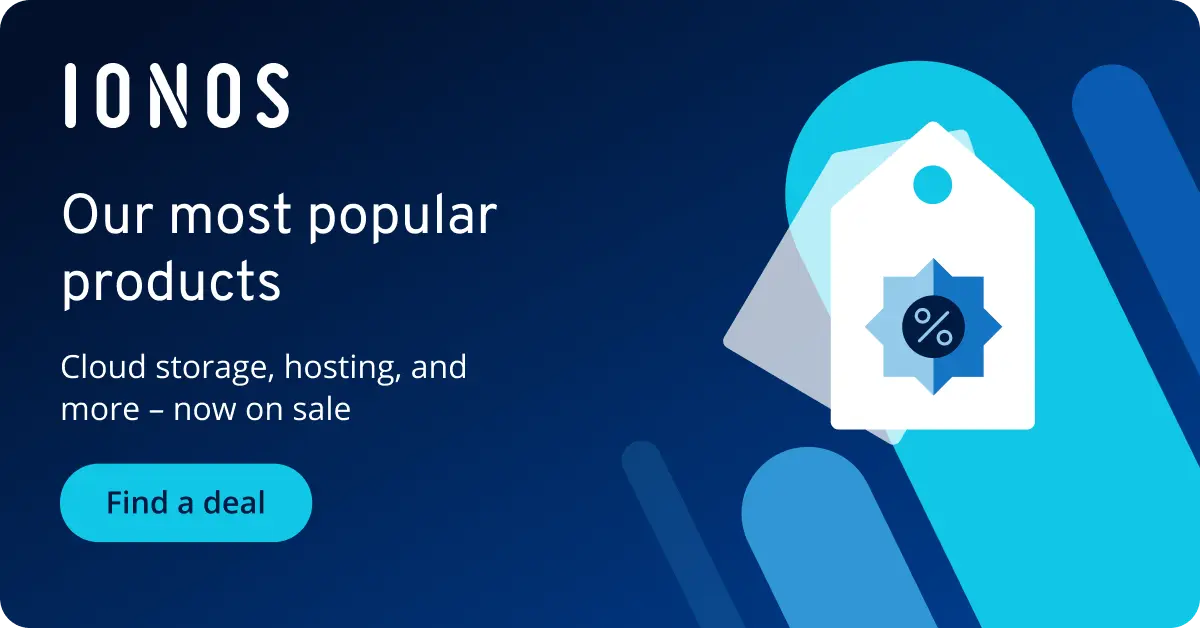What is Gaia-X? More about the European Digital Project
Gaia-X is a European data infrastructure focused on security, transparency, and data protection. The idea was initiated by the German and French governments.
- One platform for the most powerful AI models
- Fair and transparent token-based pricing
- No vendor lock-in with open source
What is Gaia-X?
Gaia-X is a European initiative to establish a digital, European ecosystem based on open source, launched in 2020. A significant portion of the existing digital infrastructure, web services, software developments, and internet standards is managed from Silicon Valley—or at least from the United States. Europe has so far played a minimal role in this space. With the General Data Protection Regulation (GDPR), a—somewhat controversial—attempt was made to shape the internet according to its own vision. Gaia-X represents another step toward a European data economy: the goal is a data exchange where all participants maintain sovereignty over their data at all times.
The current status of Gaia-X
Since its somewhat rocky start in 2020, the Gaia-X project has made significant progress. Participants now have access to their own trust framework, a set of rules outlining how data can be securely exchanged and transferred between different services. The Loire release, presented this year at the official Gaia-X Summit, provides businesses with technical tools to implement Gaia-X standards. These tools enable automated compliance with regulatory requirements.
Several lighthouse projects are testing Gaia-X technology extensively in various industries, such as agriculture, the automotive sector, and energy. Since 2021, over 200 million euros (around 210 million dollars) in funding have supported these projects, contributing to the development of the European digital ecosystem. However, the project is no longer confined to Europe: in addition to regional Gaia-X hubs in countries like Germany, France, and Switzerland, Gaia-X concepts have also been piloted in Japan and Korea.
The newly established Gaia-X Academy aims to assist developers in integrating Gaia-X into their systems by offering various training sessions and advanced learning materials.
The goals of Gaia-X
The term data infrastructure frequently appears in media coverage about the Gaia-X project. This refers to the interplay of services, technical conditions, and expertise. It is not about a single specific measure, although cloud computing is a central focus of the planning.
The main goal of Gaia-X is to strengthen the European digital economy and achieve independence from the digital infrastructures of other global players, such as the U.S. or China. A significant portion of European companies is heavily reliant on the IT infrastructures of a few large corporations like Google, Microsoft, or Amazon Web Services due to digitalization. However, these cloud hyperscalers rarely align with European principles of data protection and transparency, which is why Gaia-X aims to ensure data sovereignty.
The independence from major internet corporations through a European alternative is synonymous with economic promotion. To compete with these large companies, European businesses need to be strengthened. The stakeholders behind Gaia-X aim to achieve this by, on the one hand, making regulations less restrictive and facilitating financing. This is intended to promote innovation and increase investment willingness. On the other hand, the project seeks to establish more uniform rules so that companies outside the EU, for example, must place greater emphasis on consumer protection. This approach aims to create a more level playing field.
While Gaia-X is primarily a project for economic promotion, it also aims to improve the user experience as a secondary objective. Since B2B companies are also beneficiaries of the digital economy, the European economy can receive double the support. However, B2C consumers can also benefit from Gaia-X. Key features of the new data infrastructure are set to include transparency, data protection, security, and user-friendliness.
In addition, Gaia-X aims to support collaboration between various stakeholders. Data should be as accessible as possible, enabling benefits for the economy, science, and society alike. Fields such as machine learning and artificial intelligence (AI) should be made accessible to small and medium-sized enterprises by providing shared data pools for analyses, AI training, and more. A decentralized approach will ensure stability and security.
In summary, Gaia-X aims to improve the following aspects:
- Economic promotion
- Data protection
- Innovation
- Internet security
- Open data (decentralized)
- Transparency
- Independence
- Collaboration opportunities
- User-friendliness
- Modularity and interoperability
- Free market access
The stakeholders behind Gaia-X
Gaia-X is backed by a broad coalition of politics, business, industry, and science. The German and French governments are leading the project, driven by a shared interest in remaining innovative and competitive in the future. In addition, over 300 companies (both large corporations and SMEs) and organizations from various countries and industries are involved in Gaia-X. Major industrial companies such as Siemens, Bosch, Festo, SAP, and Telekom have supported the project from the outset. German interest groups, including the digital association Bitkom, IG Metall, and the Federation of German Industries (BDI), are also participating. In November 2020, Microsoft, one of the major players outside the EU, joined as an official member and supporter of Gaia-X. Since 2021, major companies like Amazon, Alibaba, and Google have also participated as so-called Day-1 members.
Beyond economic interests, the project is also shaped by scientific contributions. Institutions such as the Fraunhofer Institute AISEC and the German Aerospace Center are involved, as are healthcare organizations like Berlin’s Charité and the German Cancer Research Center in Heidelberg.
Gaia-X is a European project, although it originated in Germany.
The Cloud at the core
The German Federal Ministry for Economic Affairs and Climate Action has placed cloud computing clearly at the forefront of Gaia-X’s efforts. The provision of storage and computing resources is becoming increasingly important with digitalization. For small and medium-sized enterprises, building their own data centers is neither practical nor economical. Instead, they entrust their data to others—and Gaia-X aims to make this process safer and more transparent.
The digitalization of the economy and industry is often hindered because companies must hand over sensitive data to a single provider, making them dependent on that provider. If a cloud service provider can no longer offer its services (e.g., due to political tensions), businesses may face significant damage and disruptions. Additionally, the issue of data protection is not adequately addressed, especially with major providers from outside Europe.
Through its decentralized and transparent approach, Gaia-X seeks to avoid the problem of dependency. The exchange of data between different cloud providers will be greatly simplified. Open interfaces, open-source solutions, and international standards will enable interoperability. The goal is not to create a competing product to existing hyperscalers that already provide horizontal scaling in cloud computing. Instead, Gaia-X aims to build a structure that simplifies the exchange between companies, creating and leveraging synergies.

